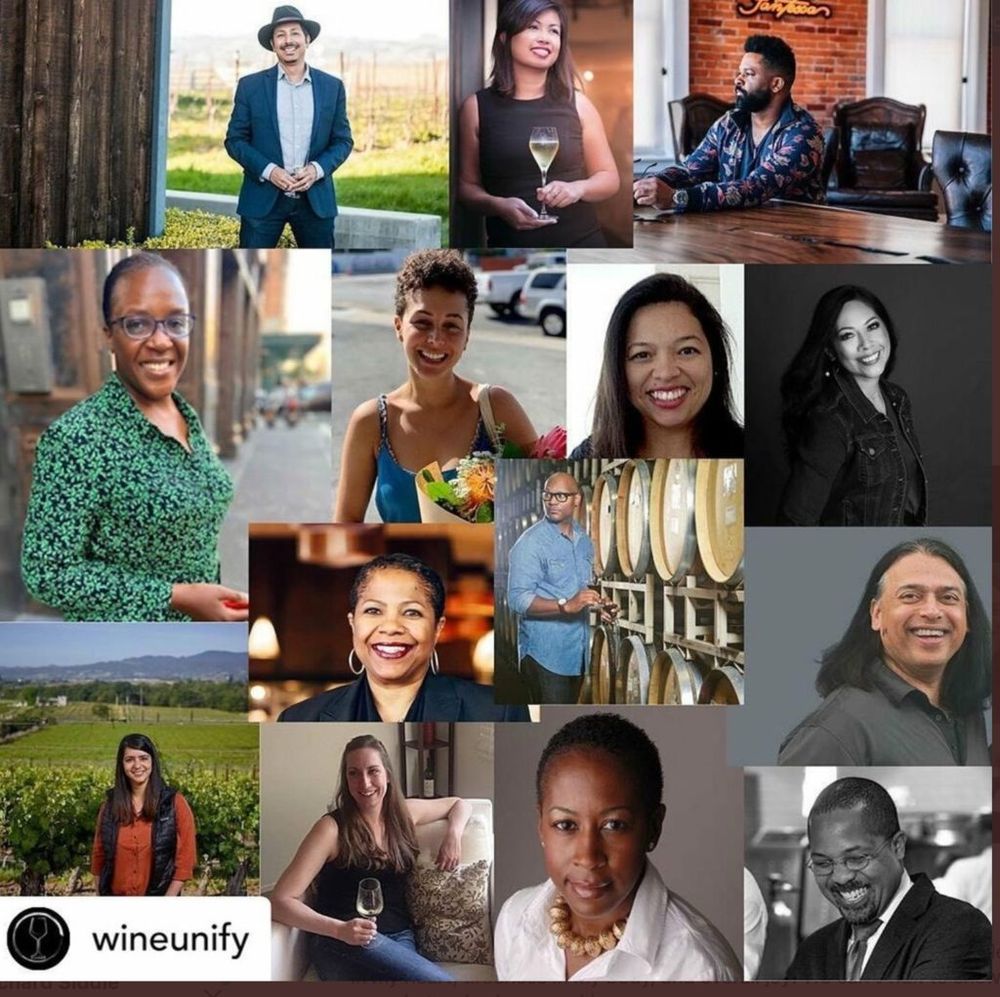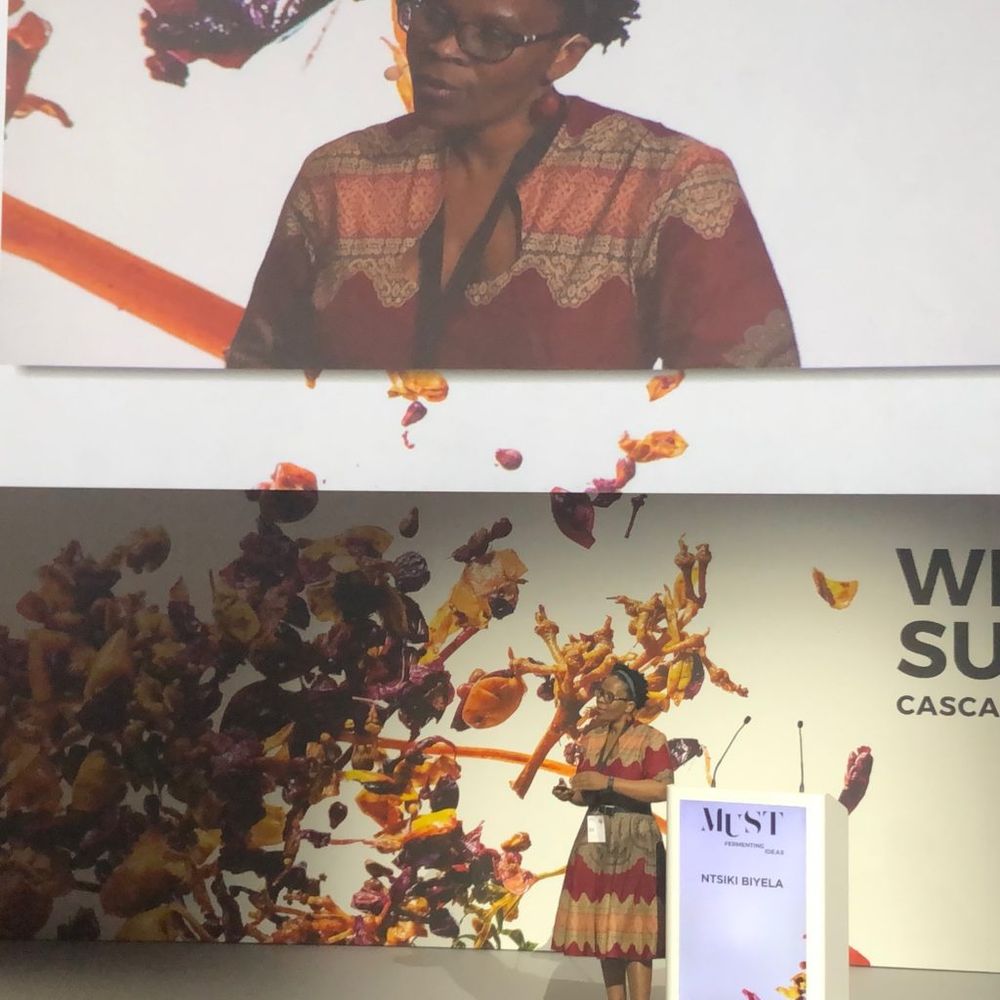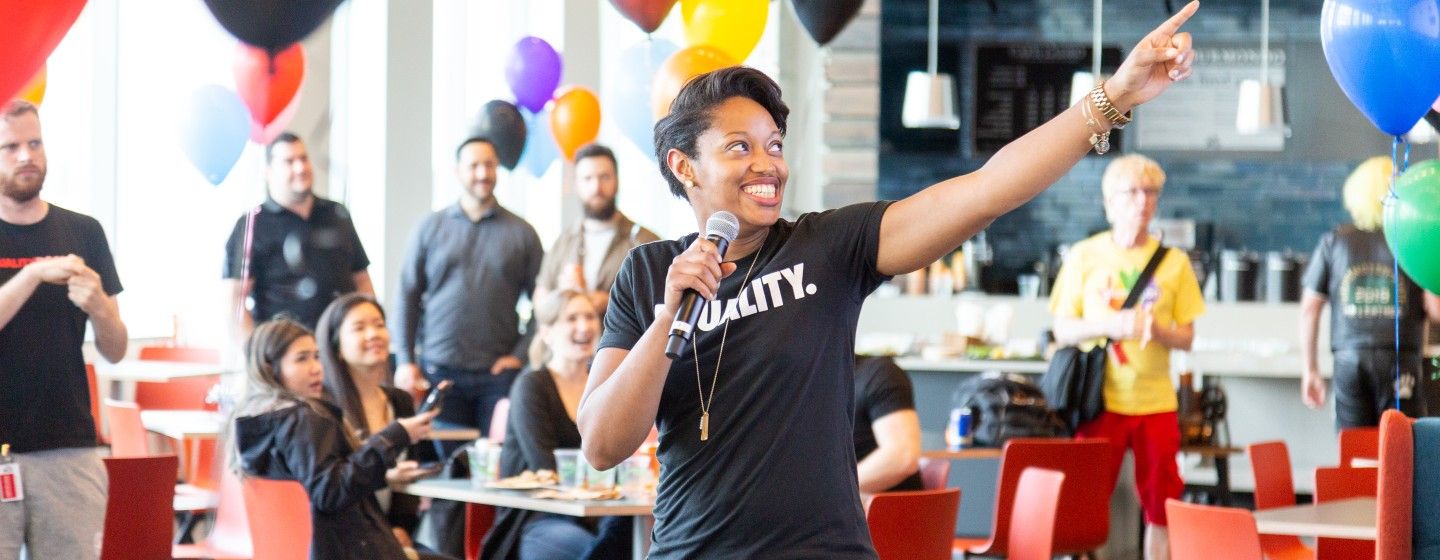In her role as a diversity consultant Kirsten MacLeod says the wine industry is not alone in needing to do far more to be more racially inclusive, but that’s no excuse to not take the necessary steps – now. Here she shares her insights and advice.
Black Lives Matter has quite rightly, pushed the issues of diversity, inclusion and racism around the BAME (Black and minority ethnic) community to the forefront of our beings. This is much more than police abuse, protests or removal of statues, it’s about the underlying treatment of black people, brought to a head by the death of George Floyd in the United States.
Intensified by the lockdown and hardship being faced by many due to Covid-19, this conscious uprising has been a wake-up call to governments, public authorities and employers across the world. Institutional racism, unconscious bias, or complete ignorance are present, as is the rapid response from large corporates who are visibly scrambling around to find quick fixes to improve the optics and promote their diversity credentials. But they need to hold up a mirror and take action.

Wine Unify has been set up by black wine professionals to try and promote education and help others
Spotlight on UK wine trade
What about the UK wine industry, which is known for its lack of gender and ethnic diversity? Some positive steps have been taken recently with more senior females in posts, who can act as role models. The gender pay gap, on the few who are reporting it, looks reasonable. However, on gender, there’s still some way to go, and it feels like a wasteland when considering BAME representation. Black and Asian people do drink wine too, but there appear to be a shortage of this group represented.
Looking into some of the wine companies, here are some real life examples, which surprised me as its 2020: Teams where the majority or all the warehouse staff are male; all-female HR departments; an all male director group of 10; web photos of white all female or all male teams; boards consisting of all white men (to be fair this isn’t just the wine industry); an all male fine wine team; the use of the word ‘chairman’ irrelevant of gender instead of the more commonly used title of ‘chair’.
It all feels a bit 1990’s when HR was tea and tissues, the warehouse was blokes and beer and the chairman was definitely a man.
Changing fast

US sommelier Tahiirah Habibi at a recent Hue Society event which she is the founder
Tahiirah Habibi’s experience, which nobody should have to go through, with the Court of Master Sommeliers, highlights how things can go terribly wrong, particularly around the use of language [the Court has now announced it will stop asking sommeliers to call Master Sommeliers ‘master’ – Ed].
She has created The Hue Society [a new lifestyle hub for all things related to black wine culture] partially in response to the experiences she has gone through. As she says: “There still weren’t enough people in the industry that looked like me and who were getting the access they deserved.”
This can be a common feeling amongst the BAME and sometimes female communities, when looking at organisations for a career move, feeling that there’s nobody inside like them.
[You can listen to Tahiirah Habibi share her experiences and explain why she has set up The Hue Society in this wide ranging with Wine For Normal People podcast. Click here to listen].
Setting the standard in wine education
The Court is not the only educational institution struggling, albeit in different ways. Holding the mirror up is powerful tool, asking if your educational institutions look like the global audience you are wanting to educate. Are you as diverse as them and if not, what can you do to be more like the people buying your services. Are you giving enough access to those from different socio-economic backgrounds, who may not have the financial capability or networks? Would they feel there were too many people not like them? Are you filling roles or trustee positions with the same “wine people”?
The calling out online of misogynistic treatment is in evidence in numerous places on social media, you don’t have to look hard. The storm around 2019’s MUST conference, with a heated Twitter debate that lasted for days around diversity, (some may say no surprise there) resulted in a person of colour invited to speak – Ntsiki Biyela, winemaker and director of Aslina Wines in South Africa. They were right to do it, but conference panels should be representative of their audience and it’s lazy to not have this high on your agenda when organising global events.

Ntsiki Biyela, winemaker and director of Aslina Wines in South Africa gave one of the stand out talks at last year’s MUST conference
What to do…
What to do to improve things? There’s no point just ranting without suggesting solutions. It’s not a matter of just hiring a few more BAME or female candidates – tokenism doesn’t work in the long term, it just makes employers feel better. This requires a multi-strand solution where an inclusive work environment is as important as increasing your diversity.
Consider your hiring strategy, learning and development, education opportunities, grass roots hiring, language, supportive environments, policies , gender and ethnic role models. Talk about it, keep talking about it, measure your success and put Diversity & Inclusion (D&I) on your board agenda. Chip away at making the cultural shift.
Take every opportunity to hire someone who is different, not just people who look like you.
How you recruit
Critically assess the roles that could be done by people outside of the sector. The wine industry talent pool is small and to increase diversity, you may need to broaden your search. It’s not always easy, diverse people are out there, you have to look harder and be a bit more flexible in your thinking and hiring. For example, would it matter if your director or head of IT didn’t have drinks sector experience? It’s common to feel more comfortable with people who “know your sector”, it saves you time and money having to upskill, sure, but the benefits of removing “group think” and bringing new ideas from outside should outweigh the cons.
Do you as an organisation have a D&I policy? I couldn’t find many published on wine company websites; it’s an essential tool to promote your commitment to D&I, removes the possibility that you may not wish to embrace diversity and shows accountability and the opportunity to measure success.

Most major companies will have a Diversity & Inclusion policy – like the picture for our lead photo taken from Amazon’s D&I page
A D&I review and audit can provide an understanding of where the organisation is on its D&I journey. The data will give an insight into culture, process, policies and help create a plan. Sounds difficult, it can be, but it will highlight the bias around race and gender in a business. It may not be good reading, but it enables the company to know where they stand and the choice of what to do lies in their control.
Create an inclusive environment, one that is comfortable to work in, where language and policies are not biased, rigid working structures are loosened, and diversity is valued. It is about hiring people with different experiences, gender, ethnicity, socio-economic backgrounds, disabilities, sexual orientation to create a rich tapestry of employees. It’s hard having a diverse workforce, it’s challenging, but rewarding. McKinsey tell us the top quartile companies for ethnic diversity are 35% more likely to have greater financial returns than the industry average. Wouldn’t everyone want this?
This change has to come from the top. You can’t just talk the talk, you also have to walk the walk. If you keep doing the same things, hiring the same people, using the same methodology, you will continue to get the same outcomes. Fundamentally you have to be bold, take risk, bring in people with different ideas, backgrounds and sectors, different ideas and experiences. Talk about it, keep talking about it , measure your success and put Diversity & Inclusion on your board agenda.
Chip away at making the cultural shift, maybe learn from others who are already on the journey. The wine industry certainly has the capability with the commitment to wanting to embrace the change. Let’s hope so anyway, the tide of change is coming.
- Kirsten MacLeod is a diversity consultant who helps organisations think differently about talent.She is also a WSET Diploma student, and leader of wine tours around Devon and Dorset. You can follow her on Twitter at @TheKirstenMac.
- As well as The Hue Society, two new associations have been set up in recent days to help bring black wine professionals together.
- Wine Unify has been set up to “fostering wine education for underrepresented minority groups, and amplifying the voices of the people of colour who are already thriving within the wine industry”. Applications to apply for education awards will open in August. You can read more about the organisation on its website here.
- Wine writer Julia Coney has also set up a new social media platform @blackwineprofessionals on Twitter and Instagram to help share ideas and build a diverse online community. You can also follow Julia at @JuliaConey.
































